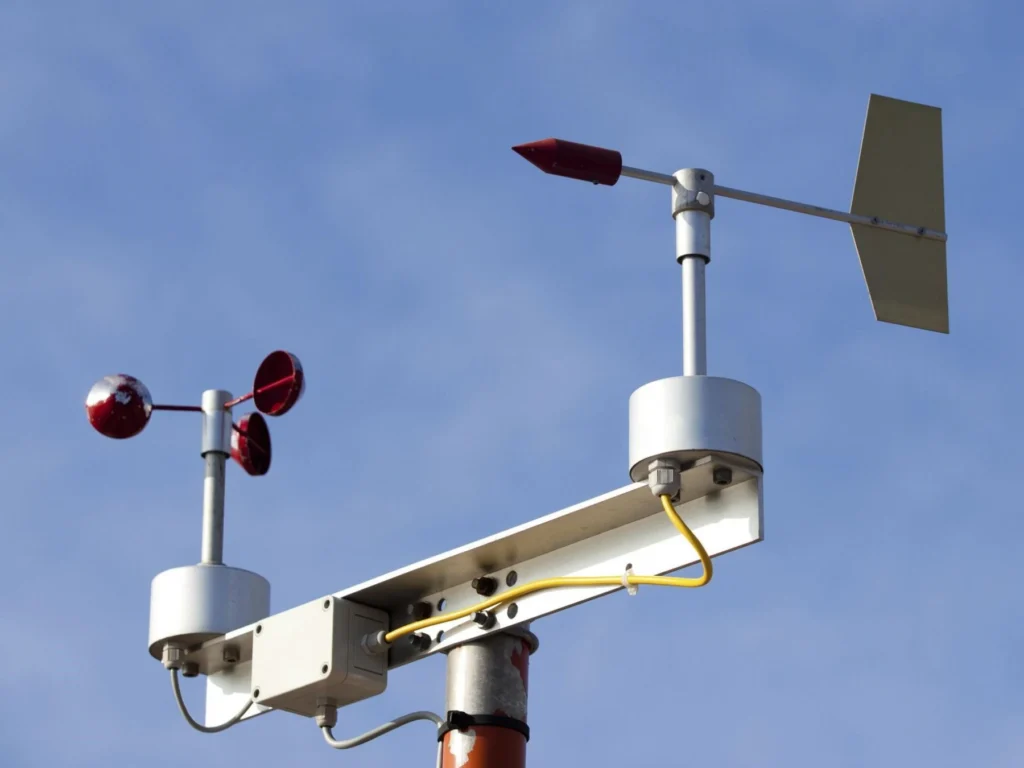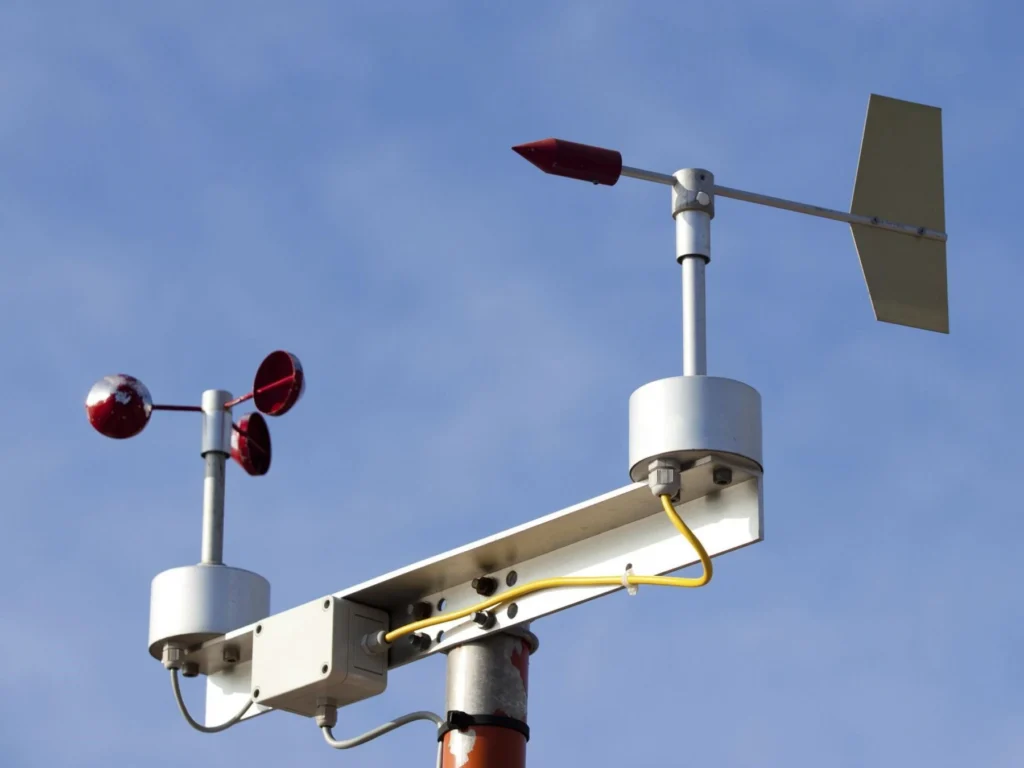
# Wind Measuring Instrument: Essential Tool for Accurate Weather Monitoring
Wind measuring instruments, also known as anemometers, are critical devices used to measure wind speed and direction. These tools play a vital role in weather monitoring, aviation, marine navigation, and even renewable energy projects. Understanding how they work and their applications can help us appreciate their importance in our daily lives.
## What is a Wind Measuring Instrument?
A wind measuring instrument is a device designed to measure the speed and direction of wind. The most common type is the cup anemometer, which uses rotating cups to capture wind speed. Other types include vane anemometers, hot-wire anemometers, and ultrasonic anemometers. Each type has its unique mechanism, but all serve the same purpose: to provide accurate wind data.
### Types of Wind Measuring Instruments
– **Cup Anemometers**: These use rotating cups to measure wind speed. The faster the cups spin, the higher the wind speed.
– **Vane Anemometers**: These measure both wind speed and direction using a rotating vane.
– **Hot-Wire Anemometers**: These use a heated wire to measure wind speed based on the cooling effect of the wind.
– **Ultrasonic Anemometers**: These use ultrasonic sound waves to measure wind speed and direction without moving parts.
## Applications of Wind Measuring Instruments
Wind measuring instruments are used in various fields, including:
– **Weather Forecasting**: Accurate wind data is essential for predicting weather patterns and issuing warnings.
– **Aviation**: Pilots rely on wind measurements for safe takeoffs, landings, and in-flight navigation.
– **Marine Navigation**: Sailors use wind data to plan routes and avoid hazardous conditions.
– **Renewable Energy**: Wind turbines require precise wind measurements to optimize energy production.
### Importance in Renewable Energy
In the renewable energy sector, wind measuring instruments are indispensable. Wind turbines need accurate wind speed data to operate efficiently. By measuring wind patterns, engineers can determine the best locations for wind farms and optimize turbine performance. This not only maximizes energy output but also reduces costs and environmental impact.
## Choosing the Right Wind Measuring Instrument
When selecting a wind measuring instrument, consider the following factors:
– **Accuracy**: Ensure the device provides precise measurements for your specific needs.
– **Durability**: Choose a robust instrument that can withstand harsh weather conditions.
– **Ease of Use**: Opt for a user-friendly device with clear instructions and easy maintenance.
– **Data Logging**: Some instruments offer data logging capabilities for long-term monitoring and analysis.
### Maintenance Tips
To ensure the longevity and accuracy of your wind measuring instrument, follow these maintenance tips:
– Regularly clean the device to remove dirt and debris.
– Calibrate the instrument periodically to maintain accuracy.
– Inspect for any signs of wear and tear, and replace parts as needed.
– Store the device in a safe, dry place when not in use.
## Conclusion
Wind measuring instruments are essential tools for accurate weather monitoring and various other applications. By understanding their types, uses, and maintenance requirements, you can make informed decisions when selecting and using these devices. Whether for weather forecasting, aviation, marine navigation, or renewable energy, wind measuring instruments play a crucial role in ensuring safety, efficiency, and sustainability.
Keyword: wind measuring instrument

Leave A Comment